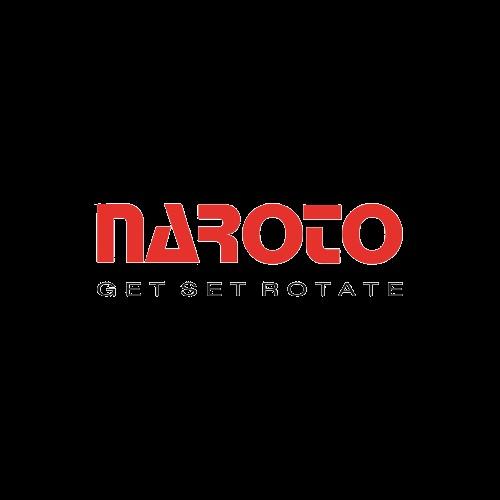Process of Rotational Moulding
By N.A. Roto Machines and Moulds India



In Plastic Industries, three main processes are known to the industries (1) Extrusion (2) Blow Moulding (3) Injection Moulding.
In all these processes, the main drawback is the high tooling or die cost of the equipments against the single piece weight of the product. For the large Hollow Component the Rotational Moulding is most economical process. The basic advantages of the process are as below:

• Economic tooling costs.
• Single piece Construction.
• Weight reduction as compared to most Processes.
• Uniform wall thickness.
• Variety of finishes and colours.
• The ability to produce multi-wall Mouldings.
• Metal inserts as integral parts.
• Short lead-time.
• Minor undercuts are possible with no draft angle required.
• Products from this process can offer excellent loadbearing and resistance to stress cracking and corrosion.
• Low maintenance.
• Ease of Operation

Rotational Moulding, also called Roto Casting or Roto

Moulding is a unique process because the heating, shaping and cooling process take place inside a mould with no application of pressure. The process is carried out at the ambient pressure, which makes the products withstand environmental stress and crack resistant during use.

• A predetermined quantity of blended polyethylene resin powder is poured inside a cold mould (usually of aluminum or steel sheet metal).
• The mould is then rotated (Bi Axially) and gradually heated inside the oven. As the metal mould gets heated, the polymer resin powder melts and the molten resin eventually get distributed (Coated) along the inner surface of the mould.





